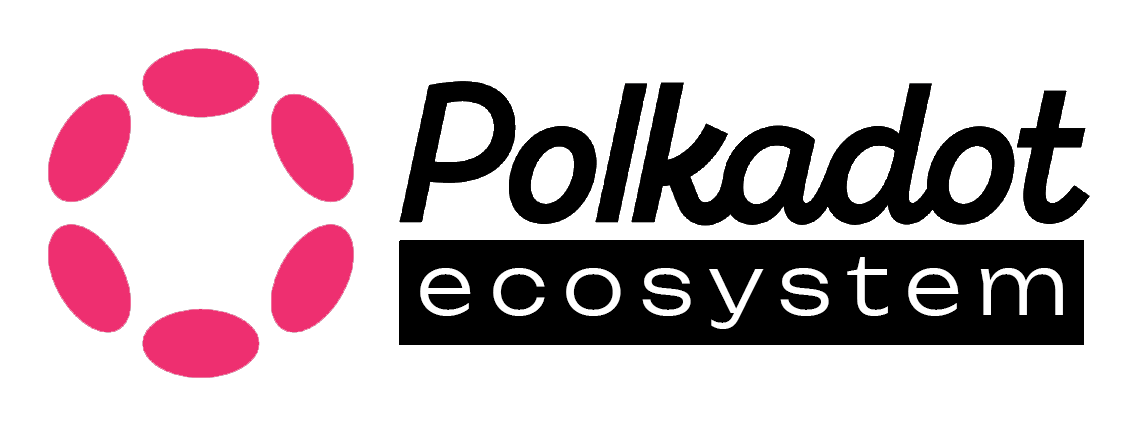In the ecosystem of Polkadot, interoperability across diverse blockchains is a fundamental objective. Cross-Consensus Messaging (XCM) enables this interaction, allowing messages to flow seamlessly between chains. While XCM opens up unprecedented possibilities for cross-chain collaboration, tracking these messages has been a persistent challenge.
What is XCM?
XCM, or Cross-Consensus Messaging, is the communication language that enables interaction between different consensus systems. In the Polkadot ecosystem, it allows parachains, smart contracts, and other consensus systems to share messages and assets across different blockchains. XCM fosters specialization rather than generalization, allowing individual blockchains to focus on their core competencies while relying on other chains for additional services. The challenge, however, lies in monitoring these messages, as their multi-chain nature makes them inherently complex.
The Need for a Simplified Tracing Process
As Polkadot grows, so does the need for simplified tools to trace XCM messages. Tracking these messages requires a deep understanding of how they are composed and executed across different consensus systems, which can be both time-consuming and difficult. Until now, users had to navigate multiple interfaces, rely on fragmented data from block explorers, or subscribe to notifications across various chains.¡
This is where XCM Tracer steps in. The tool addresses these issues by offering a unified view that consolidates all the necessary data into one interface, streamlining the XCM tracking process.
The XCM Tracer tool provides a user-friendly interface that enables users to trace cross-chain messages with ease. The tool consolidates all the information related to a cross-chain transaction into one place, allowing users to track the progress and outcome of their XCM messages in real time.
Key Features of XCM Tracer
- User-Friendly Interface: Users simply need to input the originating chain and the transaction hash to track their message.
- Cross-Chain Compatibility: The tool supports any Substrate-based chain that utilizes the XCM pallet, making it versatile across Polkadot and Kusama parachains.
- Multi-Chain Tracking: XCM Tracer tracks messages as they move through various chains, ensuring a comprehensive view of each transaction’s journey.
- Real-Time Updates: Users can monitor the status of their transactions in real time, reducing the need for manual intervention and uncertainty.
- Support for Complex Transactions: Whether the transaction involves asset transfers, smart contract interactions, or governance messages, XCM Tracer can trace the complete lifecycle of the message.
XCM Tracer Project Goals
The primary goal of XCM Tracer is to provide a seamless experience for users looking to track cross-chain messages. To achieve this, the tool focuses on the following objectives:
- Simplifying the XCM tracing process: XCM Tracer eliminates the need for navigating multiple platforms or interfaces.
- Consolidating data into one interface: By offering all relevant information in a single place, XCM Tracer helps users understand their transaction status quickly and easily.
- Leveraging Polkadot’s multi-chain architecture: XCM Tracer utilizes the power of Polkadot’s relay chain to trace messages across parachains effectively.
XCM Tracer’s workflow involves several steps, each designed to efficiently trace XCM messages as they traverse across chains. Here’s a breakdown of how the tool functions:
- Input and Fetch Extrinsic: The first step involves the user providing the transaction hash (TX Hash) and the originating chain. XCM Tracer then queries the appropriate API endpoint from a list of supported chains. This API request returns the relevant details about the extrinsic (transaction) in question.
- Extracting Key Details: Once the extrinsic information is retrieved, XCM Tracer extracts the key details, such as:
- Message ID
- Block hash
- Sender details
- Extrinsic parameters
- Events on the origin chain
These details form the basis for the subsequent tracking process.
- Locating the Destination Chain Block: XCM Tracer leverages Polkadot’s multi-chain architecture to track which block on the destination chain corresponds to the message’s submission from the origin chain. To achieve this, it queries the relay chain using the block hash from the origin chain.
- Tracing ParaInclusion Events: Next, the tool locates the relevant ParaInclusion events on the relay chain to identify the block produced at the time the message was sent. This step ensures that XCM Tracer can pinpoint the correct block on the destination chain where the message is processed.
- MessageQueue.Processed Event: Finally, the tool searches the destination chain for the MessageQueue.Processed event. If the event is found, it confirms that the message has been successfully processed. If not, XCM Tracer iterates through subsequent blocks until it finds the event, ensuring that no message is left untracked.
The introduction of XCM Tracer marks a significant milestone in cross-chain communication within the Polkadot ecosystem. By consolidating data from multiple chains into a single interface, XCM Tracer drastically simplifies the process of tracking cross-chain messages, which was previously a complex and fragmented task.
- Reducing Complexity: Before XCM Tracer, users had to rely on multiple block explorers and chain-specific tools to trace messages. The process was not only time-consuming but also prone to errors. XCM Tracer’s unified interface reduces this complexity by consolidating all relevant data into one place.
- Enhancing User Experience: The tool’s intuitive design makes it accessible to both developers and non-developers alike. Users no longer need to have deep technical knowledge to track their cross-chain messages. By simply entering the transaction hash and the source chain, users can monitor the progress of their transactions in a few clicks.
- Increasing Confidence in XCM: As XCM continues to grow in importance within the Polkadot ecosystem, XCM Tracer plays a crucial role in fostering trust and confidence among users. The tool offers real-time insights into the status of cross-chain messages, ensuring that users know exactly where their transaction stands at any given moment.
Practical Use Cases of XCM Tracer
XCM Tracer is not only limited to developers and blockchain experts. It offers practical applications for a wide range of users, including:
- Token Transfers: One of the most common uses of XCM is token transfers between chains. Users can easily track their asset transfers using XCM Tracer, ensuring that their tokens arrive at their destination chain safely and on time.
- DeFi Composability: In decentralized finance (DeFi), XCM Tracer allows users to monitor cross-chain interactions between liquidity pools, staking mechanisms, and borrowing protocols, making it easier to manage assets across different DeFi platforms.
- Governance Participation: Governance participants can use XCM Tracer to track the status of their votes and proposals across chains, ensuring that their contributions are accurately reflected in the system.
## XCM Tracer’s Role in the Polkadot Ecosystem
As the Polkadot ecosystem continues to evolve, XCM will play a pivotal role in connecting parachains and facilitating interoperability. XCM Tracer enhances this capability by providing a reliable tool for tracking and monitoring these messages.
By ensuring transparency, ease of use, and real-time insights, XCM Tracer is poised to become an indispensable tool for developers, users, and projects operating in the multi-chain environment of Polkadot.
XCM Tracer Final Thoughts
XCM Tracer is a breakthrough solution that simplifies the complex process of tracking cross-chain messages in the Polkadot ecosystem. Its user-friendly interface, multi-chain compatibility, and real-time updates make it an essential tool for anyone interacting with Cross-Consensus Messaging (XCM).
As the Polkadot ecosystem continues to expand and more parachains join the network, XCM Tracer will become an even more valuable resource for ensuring seamless cross-chain communication. By leveraging this tool, users can trace their transactions with confidence, knowing that their messages are being processed accurately across multiple chains.

